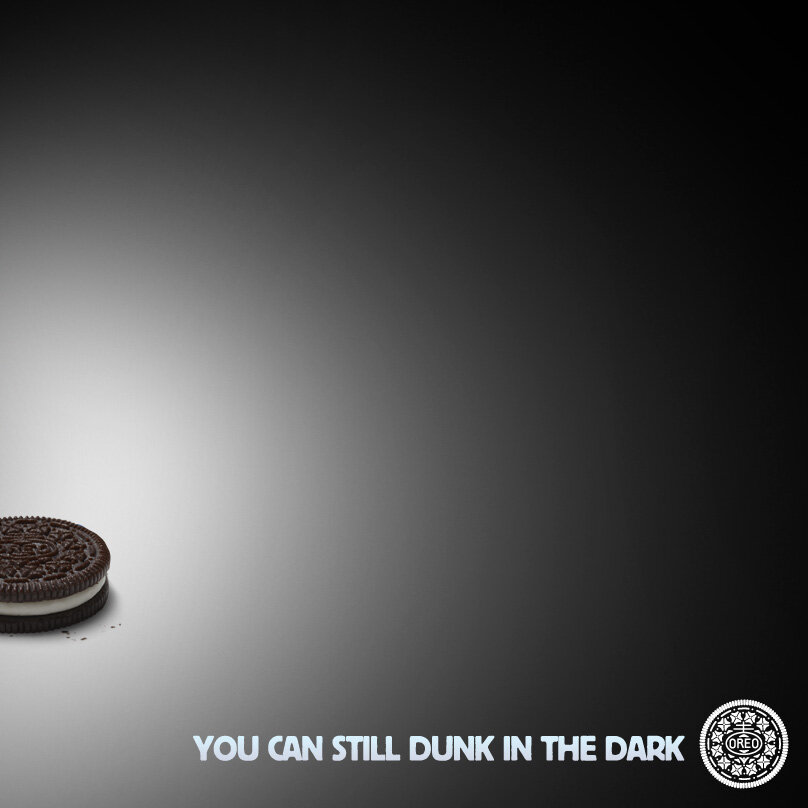“Should we advertise?… increase our twitter presence?…launch an e-mail campaign?… or execute the hot marketing tactic du jour? These are important questions that you should eventually consider, but in most cases these tactical questions are premature. Often, they are an early warning sign that you are on a dangerous path to a disappointing marketing campaign – – and a waste of your precious money. If most of your recent conversations have been “should you?” save yourself from marketing peril right now. Instead, focus on why. Set clear, specific business goals first to direct all of your marketing efforts. It’s infinitely easier to hit a target when you aim.
The most important first question is: “What is your business objective?” Only after you have answered this do you have a sufficient foundation to develop, execute, and invest in a successful marketing program. Use this simple, but effective thought process to guide your marketing decision-making “Objective, Strategy, Tactics.” Here’s how it works:

Step 1: Clarify your Objective
“What is your business objective?” The clearer and more precise this is, the more productive and cost-effective your marketing will be.
This is the level of clarity you should have for your annual business goals:
– WHAT: Increase a specific business measure (typically sales or market share) from X to Y
– WHO: Among specific target customers (e.g. new customers? existing customers? new channels?)
– WHEN: By what date will you accomplish and measure the business goals?
Now that you have a specific goal, you can develop marketing strategies and programs that link directly to your objective. Your business objective must link directly to your long term goals (typically a five year horizon) as documented in your Strategic Plan.
Step 2: Select Marketing Strategies to Achieve the Objective
Develop appropriate marketing strategies – which are ways you will accomplish the goal. Marketing strategies are not individual marketing programs. They are the ‘hows’ not the ‘whats.’ The most successful companies and brands stay focused on three to five marketing strategies. This forces discipline and focus on doing fewer important things exceptionally well. Examples of specific marketing objectives are:
– Secure three new “A” accounts
– Increase retail distribution by 10 percent
– Increase awareness among target consumers by 8 percentage points
– Increase sales per transaction by 9 percent
Marketing strategies are the paths you choose to reach your goal. Setting and adhering to marketing strategies is a powerful tool to narrow your focus to only pursue “on strategy” ideas. Most companies have more than 15 percent of their marketing budget invested in programs that are not tied to one of their marketing strategies. Does yours?
Step 3: Develop Marketing Tactics with Laser Precision
With your business objective and marketing strategies in place, you are now ready to build the marketing plan and evaluate marketing tactics. Choose your tactics wisely. Make sure they achieve the marketing objective and are a sound choice, based on projected return-on-investment. Even though projecting sales is an imperfect science, marketing budgets must be critically evaluated, just like any other potential business investment.
When you choose among potential marketing tactics, 1) select the right marketing tool to accomplish your desired outcome (e.g. building consumer awareness and increasing customer loyalty are very different marketing challenges that require different marketing tools) and 2) choose the most productive, appropriate, and efficient option (i.e. compare alternative media or programs), different levels of investment in the program, and different creative resources to do the job. Don’t make a sizable marketing investment in any program until you have evaluated its impact per dollar spent versus alternatives. This does not recommend ‘analysis paralysis.’ Rather, it’s a plea for you to get the best possible marketing program you deserve
Step 4: Measure and Monitor Performance
Effective marketing, contrary to popular belief, yields measurable results. Before you start a program, commit to measure the actual performance of the program versus the projected results. Evaluate performance at specific program intervals, typically incremental sales for the duration of the program, and at three- and six- month intervals after its completion, to measure sustained impact. This keeps you and your organization focused on desired results, rather than activity.
Measuring program impact also gives you quantifiable return-on-investment information to determine whether you should repeat or expand the program in the future. The marketplace is littered with victims of doing marketing tactics without setting business goals. You are bombarded with these potential marketing tragedies every day. Avoid this common plight by applying the same amount of rigor that you use on your other strategic investments. Get more out of every precious marketing program – and dollar!-by using this simple but effective formula: “Objective, Strategy and Tactics.”


